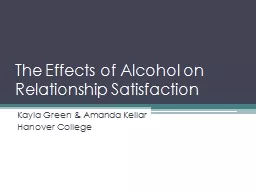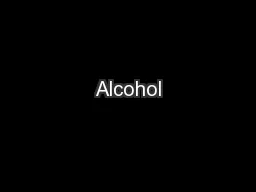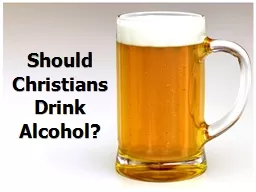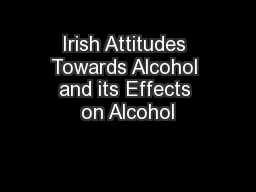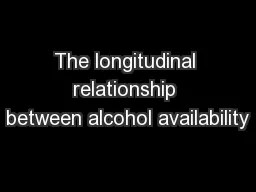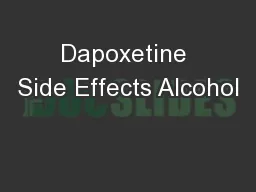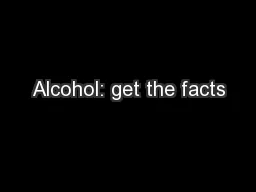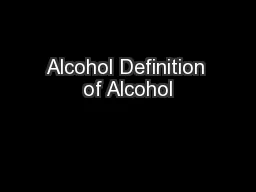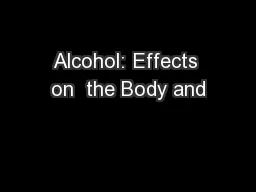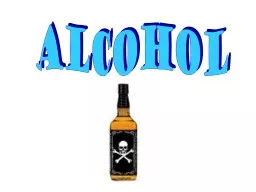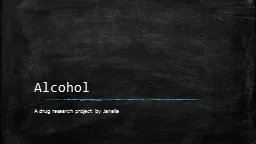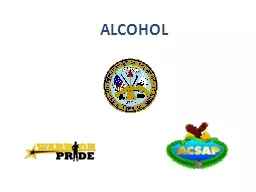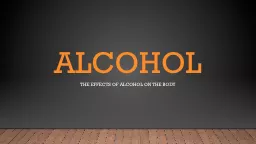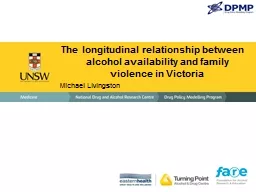PPT-The Effects of Alcohol on Relationship Satisfaction
Author : celsa-spraggs | Published Date : 2019-06-29
Kayla Green amp Amanda Kellar Hanover College Once Upon a Time There was a guy named Steve Steve had a girlfriend named Sally and they loved drinking together with
Presentation Embed Code
Download Presentation
Download Presentation The PPT/PDF document "The Effects of Alcohol on Relationship S..." is the property of its rightful owner. Permission is granted to download and print the materials on this website for personal, non-commercial use only, and to display it on your personal computer provided you do not modify the materials and that you retain all copyright notices contained in the materials. By downloading content from our website, you accept the terms of this agreement.
The Effects of Alcohol on Relationship Satisfaction: Transcript
Download Rules Of Document
"The Effects of Alcohol on Relationship Satisfaction"The content belongs to its owner. You may download and print it for personal use, without modification, and keep all copyright notices. By downloading, you agree to these terms.
Related Documents

